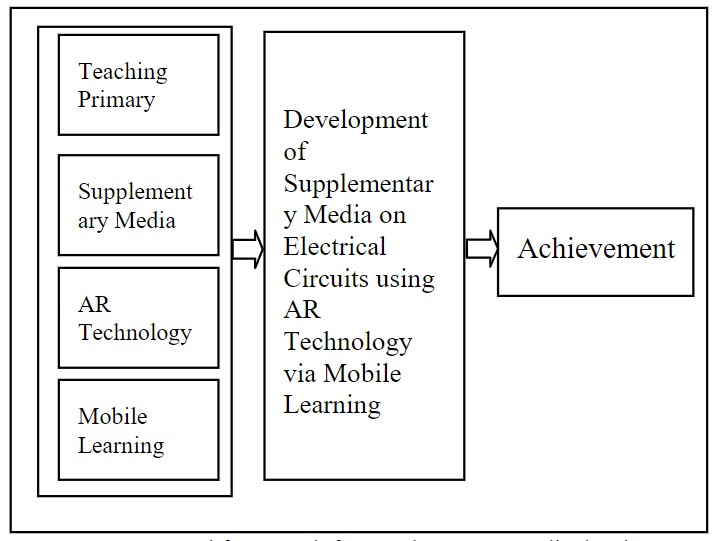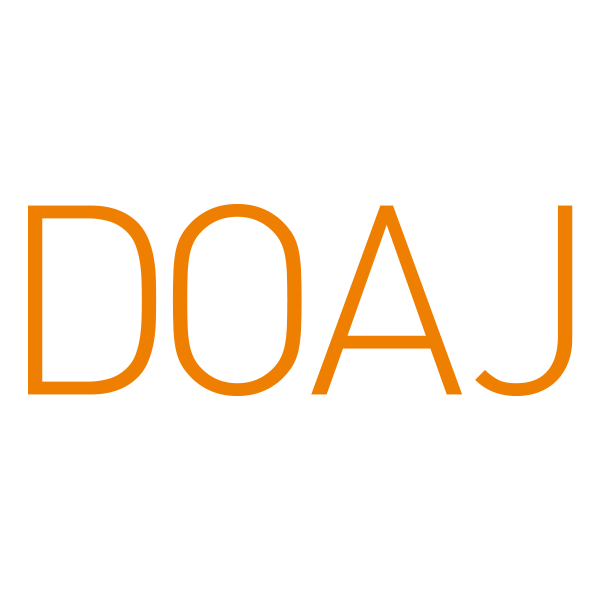Development Supplementary Media on Electrical Circuits with AR Technology via Mobile Learning
doi: 10.14456/mijet.2019.6
Keywords:
Mobile Learning, Electrical Circuit, AR technologyAbstract
The purposes of this research are to develop supplementary media on electrical circuits using the AR technology via mobile learning and to evaluate the performance of the proposed media via mobile phones by comparing the learning proficiency results of electrical engineering students before and after used.
In this research, there were 35 students who studied in electrical engineering and currently took the course on “electrical circuit” at Pitchayabundit College, Udon Thani, Thailand, for a semester (about 4 months). The proposed media was used for the course where the students were allowed to use mobile phones in the class all the time. The proficiency tests in terms of effectiveness and learning achievement were analyzed statistically. The experimental test results showed that effectiveness of the proposed supplementary media on electrical circuit course with AR technology was better with the rate of 80.07/82.28 (E1/E2). The learning achievement was evaluated via the pre-test and post- test, which revealed higher score by 9.49% when using the proposed media for the class.
References
[2] Monchai Teanthong . (2004). M-learning concept of e-Learning. Journal of Technology and Communications Year 1 (1).
[3] wiwat meesuwan. (2011). Augmented reality technology for learning. Journal of Education Naresuan University. 13(2), 119-127.
[4] Ophoff, J. (2013). Towards a Method for Mobile Learning Design. Issues in Informing Science and Information Technology, 10, 501–523.
[5] Timoko, T. (2014). Towards an Indigenous Model for Effective Mobile Learning. Communications in Computer and Information Science, 315–320.
[6] Paulins, N., Balina, S., & Arhipova, I. (2015). Learning Content Development Methodology for Mobile Devices. Procedia Computer Science, 43, 147–153.
[7] Hamdani, D. S. A. (2013). Mobile Learning: A Good Practice. Procedia - Social and Behavioral Sciences, 103, 665–674.
[8] Qiyan Han, & Feng Gao. (2012). Towards semantic learning object metadata: mapping standard metadata specifications to ontologies. Proceedings of IEEE International Conference on Teaching, Assessment, and Learning for Engineering (TALE) 2012.
[9] Chikh, A. (2014). A general model of learning design objects. Journal of King Saud University - Computer and Information Sciences, 26(1), 29–40.
[10] Hyun-Jhin Lee. (2014). Inter-disciplinary Design Camp program development for k-12 students - Focused on learning of design & development for smart phone application -. Journal of Digital Design, 14(1), 477–486
[11] Cha, H. J., & Ahn, M. L. (2019). Design and development of a smart-tool prototype to promote differentiated instruction: a user-centered design approach. Interactive Learning Environments, 1–17.
[12] Prentice, M. (2014). Community College Service-Learning Programs: The Well-Traveled Path to Civic Engagement. Service-Learning at the American Community College, 185–197.
[13] Van, B. (1992). College Learning Assistance Programs: Ingredients for Success. Journal of College Reading and Learning, 24(2), 27–39.
[14] Gerlicher, A., & Jordine, T. (2018). Mobile Learning und Mobile Game-based Learning. Handbuch Mobile Learning, 161–176.
[15] De Witt, C. (2018). Mobile Learning – Smart Learning – Next Learning. Handbuch Mobile Learning, 995–1014.
[16] Sulaeman, Y. (2018). Application of Problem Based Learing Model in Analyzing Nationalism of Poetry “Di Bawah Layar” by D. Zawawi Imron. Alinea: Jurnal Bahasa, Sastra, Dan Pengajaran, 1(2), 72.
[17] Boonchom Srisaad.(1992). Introduction to research. 2nd Edition.Bangkok. publisher Suweriyasan. Srinakharinwirot University prasanmit
[18] Chaiyong Promwong.(2000).Technology and communications course instruction, educational technology unit at 1-4. Nonthaburi.Sukhothai thammathirat University.
[19] Thongchai Keawkiriya.(2003). E-Learning towards M-Learning in the Age of Social Communication Without Borders.
[20] Wilawan Phornphatcharaphong, Suttipong Hoxsuwan and Thapanee Seechaliao.(2018). The effect of technology-based instruction model on undergraduate students’ english communication skills.Journal of Education Mahasarakham University.175-187.
[21] Attasart Wiengsong, Sanit Kayapart and Wittaya Arreerard.(2010). The Developing Virtual Reality Media .Journal of Science and Technology Mahasarakham University.446-455.
[22] Augmented Reality in Education. Retrieved March 17, 2018, from https://thinkmobiles.com/blog/augmented-reality-education/

Downloads
Published
How to Cite
Issue
Section
License
Copyright (c) 2019 Mahasarakham International Journal of Engineering Technology

This work is licensed under a Creative Commons Attribution-NonCommercial-NoDerivatives 4.0 International License.




